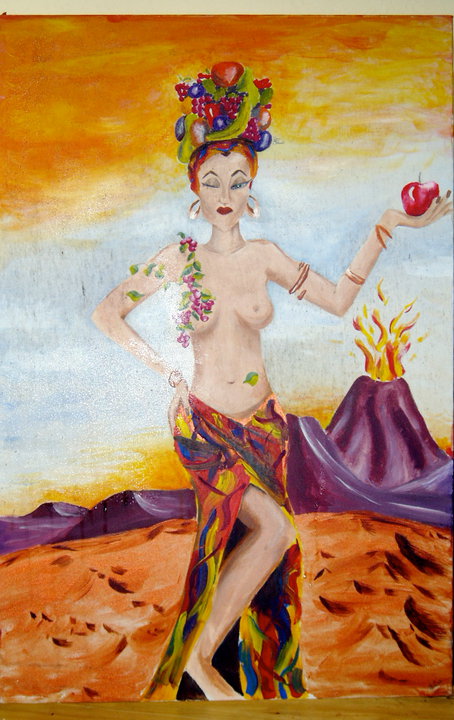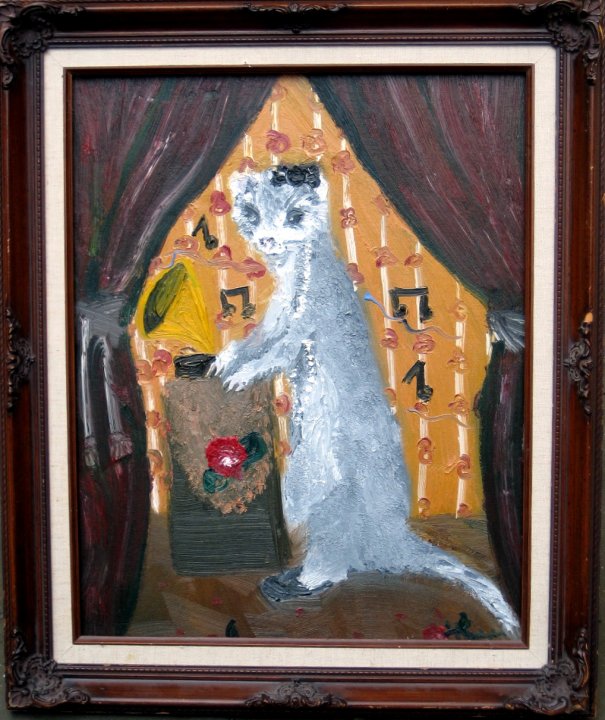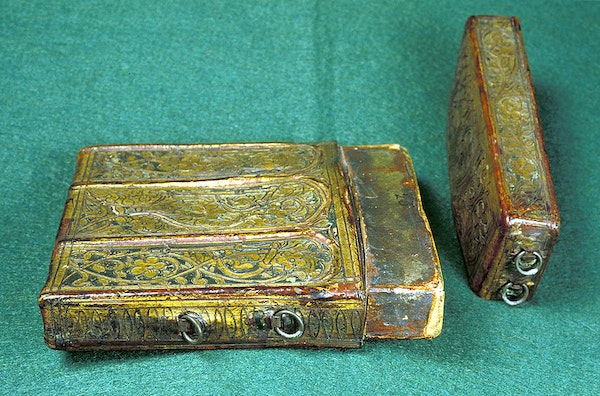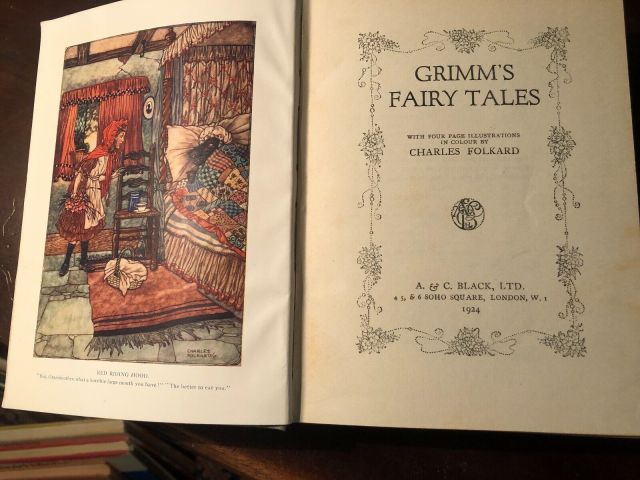
I recently stumbled on this old story below about a book scout that appeared years ago in The New Yorker magazine. Now you may be unfamiliar with the term “book scout”. I was one and didn’t know that I was one until another one told me that I was. An old school book scout is a person who frequents library book sales, auctions, yard sales, thrift stores, charity shops and just about any location where used books might be sold. Book scouts were traditionally independent agents who would find books for secondhand bookshops or antiquarians. In some case, like mine, book scouts mined the sales for their own book businesses. Sadly, book scouts are a dying breed.

AN OLD-SCHOOL BOOK SCOUT
By Christina Cooke
The New Yorker Online | March 9, 2012
Find the original story here.
Few days pass during which Wayne Pernu does not buy a book, or several hundred. During the summer, he hits as many as a hundred book sales per day in and around Portland, Oregon, cramming volumes into every inch of his car, stacking them on his lap if he runs out of space. For the last twelve years, he’s made a comfortable living reselling titles he’s purchased for quarters at thrift stores and at yard, estate, and library sales. As a book scout who listens to his instincts rather than to technology, Pernu is one of the last of his kind—an old-school purist in a digital world.
We’re at a hole-in-the-wall Internet café on a drizzly Saturday morning checking the weekend’s sale listings online. “You can tell if it’s going to be a good sale by how people phrase their ad,” Pernu says, peering over his thick-framed glasses at the computer screen. At fifty-one, he has dark, slightly receding hair and a taste for vintage clothing, like the snap-up Western shirt and neon-orange Converse sneakers he’s wearing today. “If it says something like ‘Treasures’ you know it’s going to be a lot of junk,” he muses. “If it says, ‘Student moving to Hawaii, lots of good books—philosophy,’ it’s going to be good. And if you want all the good book people to come, you say, ‘Professor died.’”
Though his competitors in the book-scout field rely on bar-code scanners to determine the value of titles, Pernu can tell within a few seconds of taking a book into his hands whether it’s worth anything. “A lot of times I have no idea what I’m buying, but I do know that I should buy it,” he says. His intuition has served him well. Over the years, he has unearthed from piles of unwanted books a signed, first-edition copy of Ayn Rand’s “Atlas Shrugged” (worth two thousand dollars) and two signed, limited-edition, slip-cased copies of Dwight D. Eisenhower’s “Crusade in Europe” (worth between three and five thousand dollars each). And when a scanner-dependent Honduran gang established an aggressive book-buying operation at his favorite thrift-store haunt a few years ago, he survived because the machines know nothing about books published prior to 1972. “I can’t tell you the gorgeous, beautiful books that they just throw back, like an eighteenth-century science book with colored plates of butterflies and bumblebees,” he says. “They’ll throw back thousand-dollar books because they can’t look them up.”
Pernu learned the book trade from the other side of the buying table. In 1989, when he moved to Oregon, he worked a few years as a buyer at Powell’s Books before striking out on his own. He continues to work almost exclusively with the Portland-based book shop, although he could earn much more selling on eBay and Amazon. Pernu says he’d rather spend his time hunting for books than entering data and going to the post office. He’s currently one of the store’s chief independent scouts, turning over between two and three thousand titles per month, about ninety per cent of the books he offers. Other scouts resell about fifty per cent of their stock. According to Powell’s’ used-book buying-table manager, Jay Wheeler, professional scouts like Pernu, who receive up to thirty per cent of books’ resale value, account for less than five per cent of the buying table’s purchases. “There was a time, years ago, when we had so many scouts we couldn’t keep track of them,” Wheeler says. But now there are fewer than twenty.
Wheeler sees book scouting as a dying profession. For one, the Internet has made it easier for libraries, thrift stores, and everyday people to sell books themselves, reducing the number of titles available to professional scouts. In addition, as e-publishing continues to grow, younger generations of readers are less likely to turn to print sources for information. Pernu is aware of these trends, but he stays too busy to dwell on them. He scouts almost every day, and even on vacation, he pulls over when he sees a book-sale sign, in the hope of finding enough merchandise to pay for a tank of gas. He likes the treasure-hunt aspect of his profession, the possibility that a rare, four-thousand-dollar pamphlet by his favorite poet, Basil Bunting, could be buried in the next box he encounters. (Though Bunting is one of several authors whose books he would never sell: “The cold hands of my corpse will be clutching his works as they foist me into a hole in a potter’s field,” he says.)
On the job, Pernu keeps a few principles in mind—first and foremost, the importance of condition. For example, with its original dust jacket, the value of a first-edition “The Great Gatsby” can multiply from two thousand five hundred dollars to more than two hundred thousand. “That little piece of paper on the book is often worth thousands and thousands of dollars, much more than the book itself,” Pernu says. “Specificity is really crucial as well. A book called ‘World History’ isn’t going to do well, but a book called ‘Peruvian Shovel Makers in the Seventeenth Century,’ that’s going to be worth a lot of money to someone. You always get excited when you see something that specific, no matter what it is.”
Standing in the garage of a well-manicured split-level at one of the first sales of the day, Pernu rummages through boxes of books, stacking keepers in the crook of his left arm. “The Lad and the Lion.” Dungeons and Dragons handbooks, a set of five. “The Kama Sutra for 21st Century Lovers.” A pocket rhyming dictionary. “It’s funny, people like rhyming dictionaries,” he says, topping the stack. “Isn’t that sweet?”



























